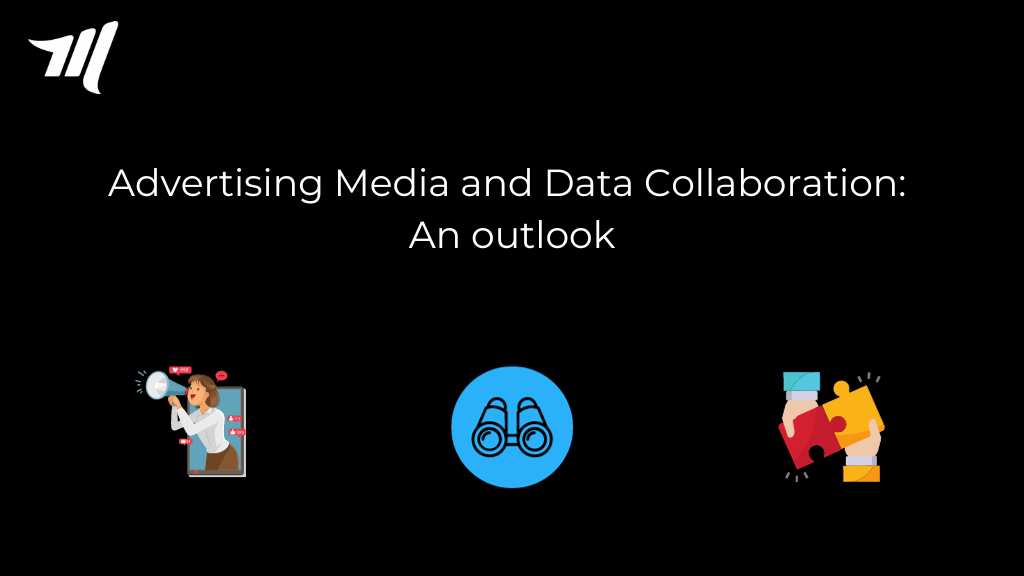Are you ready for the future of digital advertising? Discover the trends that will define the industry in 2024 and beyond.
Lauren Wetzel, Chief Operating Officer of InfoSum, discusses how 2023 has brought a frenzy of changes to the advertising and media businesses, with privacy rules continually shifting and the economy staying unstable. As a result, the environment was always changing, forcing industry participants to be watchful and change their strategies to stay ahead of the curve.
Advertisers and marketers may expect a year filled with various developments and difficulties. Organizations must be prepared to adapt and respond to remain competitive in the face of technological breakthroughs and changing customer behaviors. Despite the potential challenges, there is encouraging evidence that individuals who can effectively handle these changes will reap benefits in 2024.
Increased Audience Building to Strengthen First-Party Data Strategies
Businesses prioritizing first-party data strategy is a trend we’ve witnessed during 2023 and expect to continue into 2024. With third-party cookies ultimately (hopefully) disabled in 2024 and more stringent privacy rules controlling how consumer data can and cannot be used, companies have few excuses for not increasing their first-party data resources.
First-party data is extremely valuable since it is obtained directly from consumers with their consent, and it includes precise and trustworthy data points such as transaction information, interactions, and comments. Organizations understand the need to expand their audiences to increase the number and scope of their first-party data banks. To that aim, we see more businesses increasing their content marketing efforts and possibly establishing their retail media networks in 2024.
Increased Privacy-First Direct Data Collaborations
Data collaboration is essential for realizing the full potential of first-party data. Brands may enhance their data through collaborations with Identity Providers, resulting in a more comprehensive image of their target audience. Collaborations with media owners allow them to match audience demographics and identify overlaps, resulting in more effective media planning. Renault’s direct cooperation with Axel Springer is only one example of a first-party data collaboration that improved advertising efficacy while lowering expenses, resulting in an 18% rise in conversion rate and a 19% lower cost per click.
Using Privacy Enhancing Technologies (PETs) such as data clean rooms allows these organizations to safely compare datasets while avoiding data loss or misuse. With so much at stake, if any client data is leaked, privacy should not be an afterthought in data sharing, but rather a fundamental component. In 2024, organizations that perceive privacy as an enabler rather than a barrier will be in the greatest position to benefit from data collaborations, with better outcomes and reduced risks.
Retail Media Will Address Measurement Issues
Retail media had a strong year in 2023, and advertising expenditure in this channel is expected to increase by 10.2% in 2024. It’s an excellent example of effective data cooperation; companies collaborate directly with retail partners to engage customers during the purchasing process, using first-party data to target, optimize, and assess campaigns.
Measurement, however, has proven to be one of the most difficult difficulties for retail media. In Europe, the IAB examined more than 100 retail media buyers and sellers and discovered widespread unhappiness with the industry’s lack of standardization, particularly in terms of attribution measurement. The IAB will take the lead in defining retail media standards, so we anticipate seeing progress in this area over the coming year. Metrics such as incremental sales lift, which illustrate the influence of an ad campaign on product sales, should, in my opinion, be key to measurement standards in retail media, and marketers should urge retail partners to assist them in understanding this.
Increased Second-Party Data Opportunities
With the growth of retail media and other modern ad forms, such as CTV, media interactions have become increasingly isolated. This implies that firms that sell their products through third parties, such as CPG brands, are finding it increasingly difficult to directly obtain first-party consumer data, restricting their understanding of their customers.
Without first-party data, these businesses can use second-party data. Once again, data collaboration across brands, merchants, and media owners may result in improved targeting while maintaining user privacy. For example, a collaboration between UK broadcaster Channel 4 and loyalty provider Nectar360 has allowed CPG companies such as Pepsi, Walkers, and Garnier to increase product sales by up to 122% without ever having access to Channel 4 or Nectar360’s datasets. We anticipate that this form of data sharing will increase by 2024.





